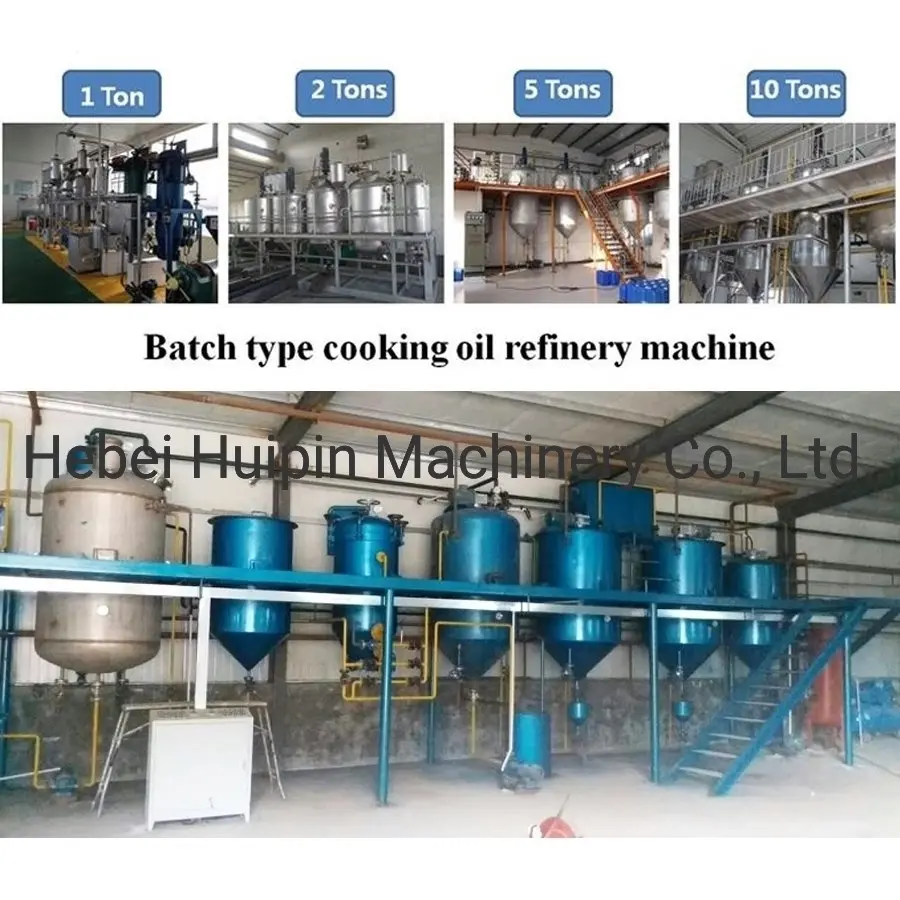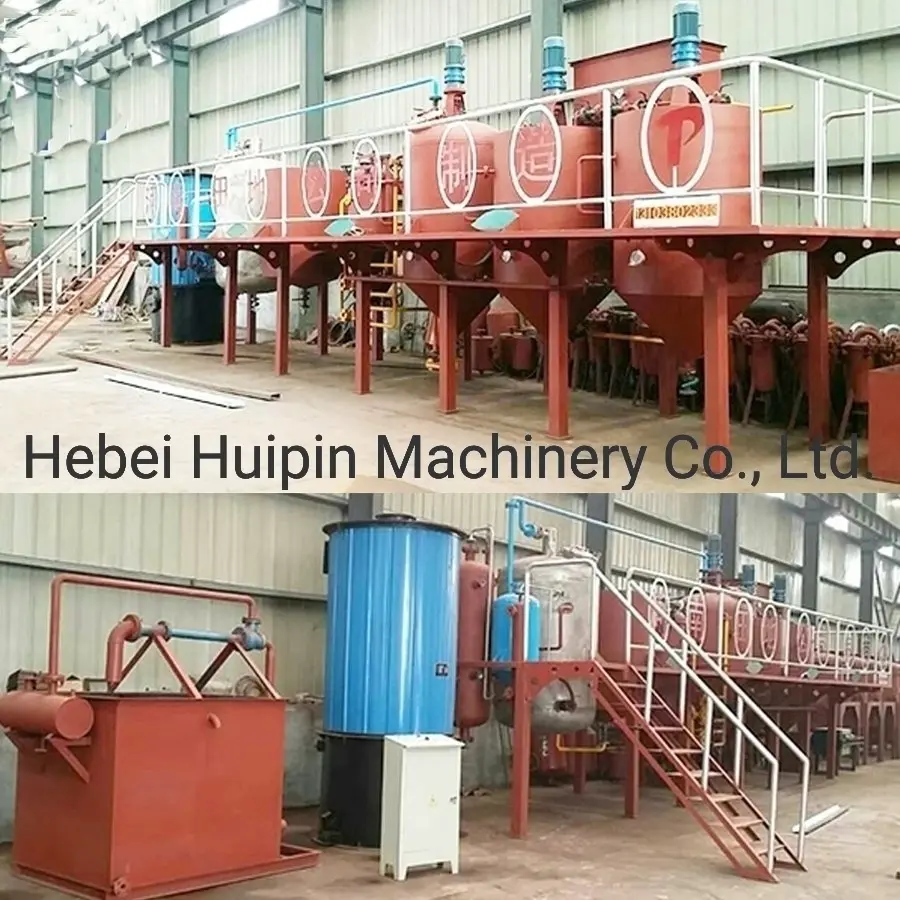Oct . 13, 2025 11:50 Back to list
Crude Cooking Oil Refining Unit | High-Efficiency, Low-Cost
Field Notes on a Crude Cooking Oil Refining Unit You Can Actually Live With
Industrial oil folks have been whispering the same thing for a while: modular refining is quietly eating the market. Suppliers in Dingzhou City, Hebei Province, China, in particular, are pushing compact skids with smart controls and very pragmatic engineering. To be honest, a well-built Crude Cooking Oil Refining Unit today doesn’t look like the sprawling plants we saw ten years ago—it’s tighter, cleaner, and surprisingly energy-savvy.

What’s Driving the Trend
Three things: traceability (retailers demand it), energy bills (never gentle), and flexible feedstocks. Many customers say they’re switching daily between soybean and sunflower, sometimes palm. So the unit needs both chemical and physical modes, quick CIP, and decent automation—no heroics.
Process Flow (in real plants, not slides)
Typical steps: reception → heating → water/acid degumming → neutralization (chemical) or direct physical refining → bleaching with activated clay → winterization/dewaxing (if applicable) → deodorization under deep vacuum → polishing filtration → final QA. Materials usually SS304/316L; gaskets are food-grade EPDM/PTFE. Service life? Frame and vessels ≈ 10–15 years with proper water treatment; pumps/seals ≈ 5–7 years. Real-world use may vary, obviously.
Common test gates: FFA (ISO 660), peroxide value (ISO 3960), color (AOCS), phosphorus (AOCS Ca 12b-90), moisture/volatiles, soap residue. Deodorized oil targets in competent setups: FFA ≤ 0.1%, PV ≤ 2 meq O2/kg, soap ≤ 50 ppm, phosphorus ≤ 10 ppm. I’ve seen tighter numbers, but that’s a fair baseline.

Product Specs (snapshot)
| Parameter | Typical Value (≈) |
|---|---|
| Capacity | 1–50 TPD (skid), 100–300 TPD (modular trains) |
| Refining modes | Chemical & physical; switchable recipes via PLC |
| Utilities | Steam 0.6–1.0 MPa; Cooling water 20–28°C; Power 380–480V, 50/60 Hz |
| Materials | SS304/316L contact parts; food-grade hoses/gaskets |
| Controls | PLC + HMI, recipe management, data logging, alarms |
| Typical yields | Net neutral oil recovery 97–99% (feed dependent) |
Applications & Industries
Edible oil brands, regional mills, toll refiners, and—interestingly—biodiesel pretreatment lines. Feeds include soybean, sunflower, rapeseed/canola, palm, peanut, cottonseed (with careful bleaching), rice bran (needs dewaxing). HACCP-friendly layouts are now standard.
Vendor Snapshot (what buyers actually compare)
| Vendor | Lead Time | Certifications | Automation | Price (≈) | After-Sales |
|---|---|---|---|---|---|
| Dingzhou OEM (Hebei, China) | 6–14 weeks | ISO 9001, CE (module) | PLC/HMI, remote support | $ low–mid | On-site + online |
| European Brand A | 4–8 months | ISO 9001, CE, ATEX options | Advanced DCS | $ high | Global service network |
| Local Fabricator | 2–4 months | Varies | Basic relay/PLC | $ low | Limited |
Customization That Matters
Options I’d actually pay for: energy recovery (bleaching/deodorization heat integration), dual-mode degumming (water + acid), dewaxing for sunflower/rice bran, multi-stage vacuum with ejector+condenser, inline phosphorus/FFA analyzers, and hygienic design aligned with HACCP/EC 1935/2004.

Field Results (customer chatter)
A West African mill running 20 TPD reported deodorized oil FFA dropping from 0.18% to 0.07% in week two, with steam use trimmed ≈12% after heat-integration tuning. In Southeast Asia, a palm/sunflower switcher praised the recipe-based CIP—cut changeover time to under 90 minutes. Not scientific, sure, but consistent with what I’ve seen.
Compliance & Standards
Designs typically align with ISO 9001 and CE. Food-contact materials per EC 1935/2004; oil quality verified against Codex STAN 210 (edible oils). Testing by ISO 660 (acid value) and ISO 3960 (peroxide). AOCS methods for color/soap/phosphorus. For pressure parts, ask for ASME or GB code compliance, depending on destination.
Crude Cooking Oil Refining Unit from Dingzhou, Hebei, is not flashy—but it’s honest kit. If your brief is sane throughput, clean compliance, and decent energy numbers, it deserves a look.
Authoritative citations
- Codex Alimentarius: Standard for Named Vegetable Oils, CODEX STAN 210-1999.
- ISO 660:2020, Animal and vegetable fats and oils — Determination of acid value and acidity.
- ISO 3960:2017, Animal and vegetable fats and oils — Determination of peroxide value.
- AOCS Official Methods (e.g., Ca 5a-40, Cc 13b-45, Ca 12b-90).
- Regulation (EC) No 1935/2004 on materials intended to come into contact with food.
-
Mustard Oil Extraction Machine: A Complete Guide to Industry, Technology & Future Trends
NewsNov.20,2025
-
Groundnut Oil Extraction Machine | Efficient Peanut Oil Press Solutions
NewsNov.20,2025
-
Manual Oil Press Machine: Sustainable Oil Extraction for Global Communities | Buy & Learn More
NewsNov.19,2025
-
Efficient Peanut Oil Machine Solutions for Sustainable Oil Extraction
NewsNov.19,2025
-
Essential Oil Extraction Machine: Unlocking Quality & Sustainability in Oil Production
NewsNov.18,2025
-
Latest Oil Expeller – Efficient & Sustainable Oil Extraction Machines
NewsNov.18,2025
